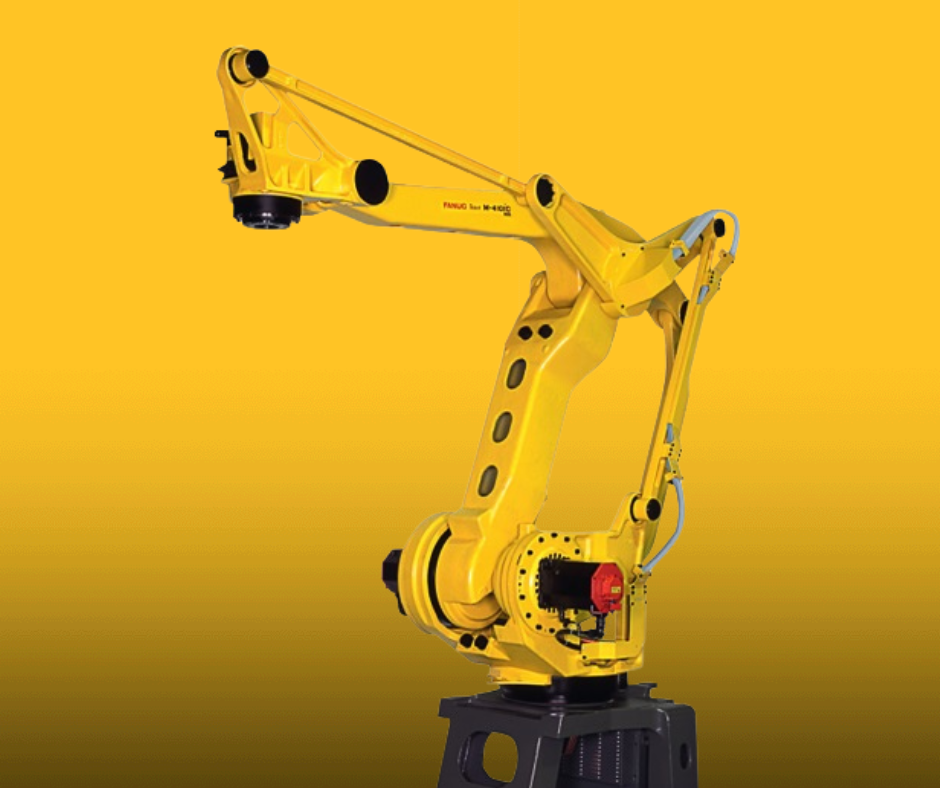Robotic arms, at heart of modern production and manufacturing have been transforming the norms in a way that was previously not possible. They are able to combine precision, safety and efficiency. These marvels of the mechanical realm – sometimes known as robot arms become indispensable to industries all over the world, due to the urgent need to cut operating costs without sacrificing quality. The incorporation of robotic arms into the production lines allows companies to reduce their costs, but also enhance worker safety and efficiency. We’ll look at how these revolutionary machines are changing the landscape of industrial production.
Cost efficiency is the primary factor behind robotic arms’ global adoption. Factory owners are constantly under pressure to reduce the risk of injuries at work, eliminate production mistakes, and reduce waste. Robotic arms are designed to address these issues. Robot arms eliminate costly mistakes and help reduce the waste of raw materials because they can perform repetitive tasks more efficiently than humans. For example, in industries with high volumes such as automotive manufacturing, robotic arms are able to perform precise welding and part positioning and ensure flawless assembly each time. This quality of work can result in significant savings, as fewer defective products mean less rework and wasted.

Image credit: automatedsolutions.com.au
Security is another pillar of the robotic arm revolution. Human workers are at risk in the course of performing a variety of manufacturing tasks, such as handling hazardous material or operating heavy machinery. By deploying robot arms, companies can remove employees from hazardous environments, significantly decreasing the chance of injuries sustained in the workplace. Robotic arms, which are constructed as a chain of joints which move are able to mimic the functions of human arms, without causing physical damage. Equipped with programmable hand effectors that allow these machines to do tasks that are dangerous for humans, like welding or spinning.
Robotic arms’ versatility makes them a game-changer across diverse industries. From automotive assembly to electronics production, robot arms adapt to a wide range of jobs. They can handle complex operations with unmatched precision, including painting and tending of machines. When it comes to warehousing robotic arms have revolutionized palletizing by making it easier to load merchandise onto pallets with accuracy and speed. Automation not only improves efficiency, but also reliability as robot arms are able to perform their work without fatigue.
One of the most fascinating advancements in this field is the development of collaborative robots also known as cobots, that interact with human employees. As opposed to traditional industrial machines that are limited to isolated cells, cobots equipped with robotic arms are engineered for a safe, seamless interplay with humans. A cobot’s robotic hand can be utilized to complete heavy lifting and repetitive tasks in factories, ensuring that workers can be freed up to handle more complex tasks. This type of collaboration boosts productivity while maintaining a safe working space, since cobots are trained to stop or change their actions if a person is within the vicinity.
Robotic arms have a significant impact on modern manufacturing and not just in terms of safety or efficiency. They are indispensable to industries that require high precision in processes such as welding, assembly or material handling. For instance, in the automotive manufacturing, a robotic arm can rotate and position parts during assembly, ensuring an exact alignment with no human intervention. Similarly, in electronics, robot arms handle delicate components with care, reducing damage and improving output quality.
Robotic arms are expected to grow in importance as industries grow. They can cut cost, enhance safety and adjust to various tasks they will become the cornerstones of the future manufacturing. Combining cutting-edge technology and human creativity, robot arms aren’t just instruments. They’re partners driving the pace of innovation and are changing how we construct our world.
